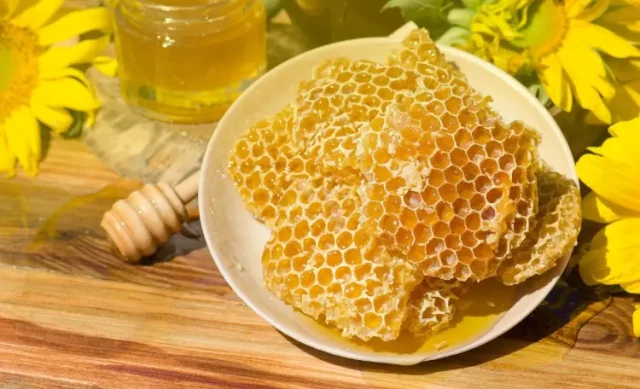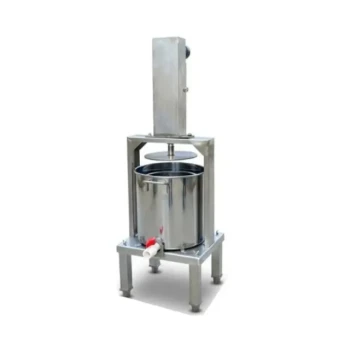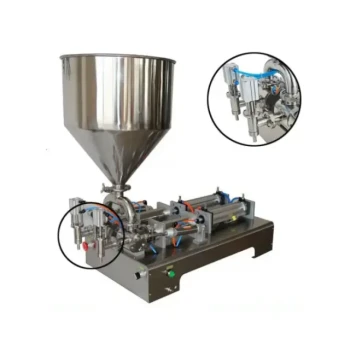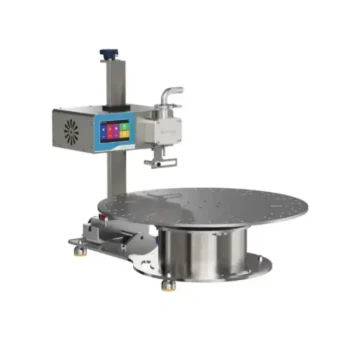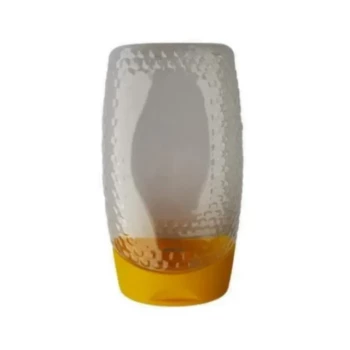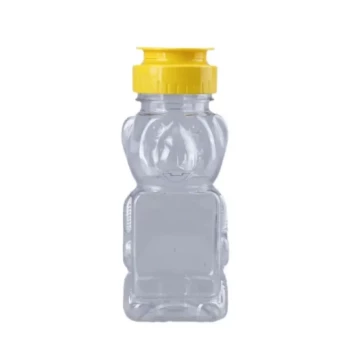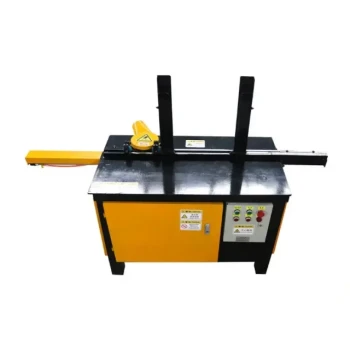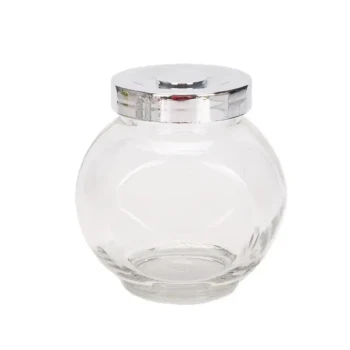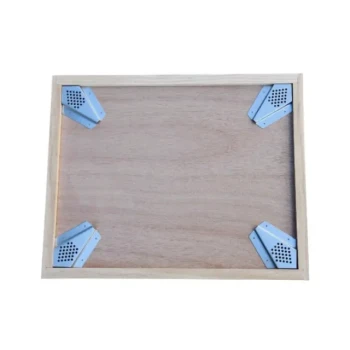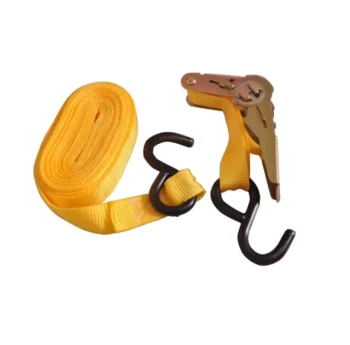Beekeeping requires precision—especially during honey extraction. Damaged combs mean lost resources for bees and reduced yields for beekeepers. Aggravated bees can abandon hives or become defensive. This guide delivers science-backed methods to harvest honey efficiently while keeping combs intact and colonies calm.
Honey Extraction Safety Fundamentals
Why Distance Alone Isn’t Enough – Decoding Bee Agitation Triggers
Bees defend their hives based on environmental cues, not just proximity. Research shows three key triggers:
- Sudden vibrations (e.g., dropping equipment) mimic predator threats.
- Dark colors or rough textures resemble bears or skunks.
- Alarm pheromones released by crushed bees escalate aggression.
Solution:
- Wear light-colored, smooth-fabric suits (avoid black or wool).
- Use slow, deliberate movements near hives.
- Smoke hives 10–15 minutes pre-extraction to mask pheromones.
Comb Integrity Essentials: From Structural Risks to Handling Protocols
Fresh honeycombs tear easily; older combs may crumble. Key risks:
- Bending frames during removal warps wax cells.
- Overheated knives melt comb edges during uncapping.
- Fast-spinning extractors fling fragile combs apart.
Best Practices:
- Support frames horizontally when transporting.
- Set uncapping knives to warm, not scalding (test on a small patch first).
- Opt for radial extractors with adjustable spin speeds (start slow).
Advanced Tools and Environmental Controls
Temperature and Humidity’s Role in Comb Fragility
Beeswax softens at temperatures above ~95°F (35°C). High humidity makes combs sticky and prone to tearing.
Ideal Conditions:
- Harvest during cooler morning hours (below 85°F/29°C).
- Maintain 30–50% humidity in extraction rooms (use dehumidifiers if needed).
Bee-Calming Strategies: Masking Odors and Distraction Techniques
Distractions reduce bee attention on honey removal:
- Bee escapes: Install one-way exit boards 24 hours pre-harvest to clear bees from supers.
- Herbal repellents: Brush frames with lemongrass oil (diluted) to gently deter bees.
- Bee blowers: Use low-power air to remove stragglers without harming wings.
Caution: Avoid chemical repellents—they can contaminate honey or disrupt brood cycles.
Post-Extraction Hive Management
Minimizing Bee Stress for Future Harvests
Bees rebuild combs faster when colonies feel secure:
- Replenish resources: Return extracted frames near the brood nest for cleaning and reuse.
- Reduce inspections: Limit hive disruptions to 1–2 days post-harvest.
- Feed lightly: Offer sugar syrup if nectar flow is low to prevent robbing.
Long-Term Benefit: Calm colonies produce 20–30% more honey in subsequent seasons.
Ready to Upgrade Your Harvest?
HONESTBEE equips commercial apiaries and distributors with gentle extraction tools—from precision uncapping knives to radial extractors—designed to protect combs and keep bees productive. Explore our wholesale catalog for equipment that balances efficiency with colony health.
Harvest smarter, not harder.
Visual Guide

Related Products
- 10L Stainless Steel Electric Honey Press Machine
- Stainless Steel Honey Press Wax Press with Tank
- Stainless Steel Manual Honey Press with Guard for Pressing Honey and Wax
- Electric Flatting and Embossing Machine with Tray for Beekeeping
- Honey Wax Separating Wax Press with Metal Screw Wax Separator Machine
Related Articles
- Electric Wax Melters: How Modern Technology Enhances Efficiency and Savings
- Essential Beekeeping Tools: How Strategic Preparation Boosts Hive Health, Safety, and Honey Yields
- How Honey Screw Presses Deliver Higher Yields With Less Waste
- How Floral Composition Shapes Honey Texture: Managing Crystallization for Perfect Consistency
- The Last Drop: Maximizing Yield and Purity with a Stainless Steel Honey Press
